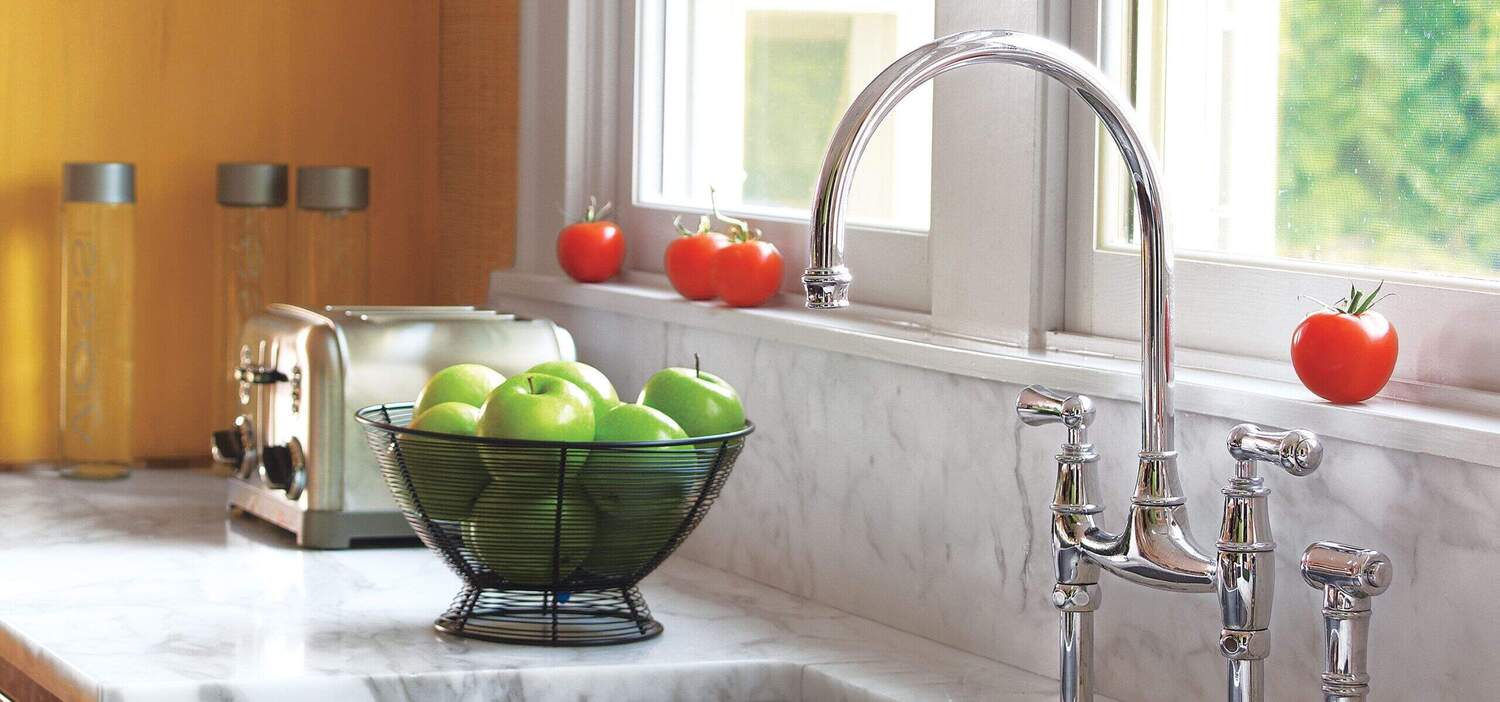

Articles
How Does Faucet Work
Modified: October 20, 2024
Learn how faucets work and their importance in your daily life. Read informative articles and discover the inner workings of this essential household device.
(Many of the links in this article redirect to a specific reviewed product. Your purchase of these products through affiliate links helps to generate commission for Storables.com, at no extra cost. Learn more)
Introduction
Have you ever wondered how water magically flows out of a faucet with just a simple twist? The mechanism behind this seemingly mundane act is actually quite fascinating. Faucets, also known as taps, are essential fixtures in our homes and play a crucial role in delivering clean water for various purposes, such as washing hands, dishes, or filling up containers.
In this article, we will explore the inner workings of a faucet and unravel the mystery behind its functionality. We will delve into the different components of a faucet, the types available, and how they operate. Additionally, we will discuss the steps to properly operate a faucet, common problems that may arise, troubleshooting tips, and maintenance practices to ensure longevity.
So, whether you’re a curious homeowner or a plumbing enthusiast, get ready to gain a deeper understanding of how faucets work and become better equipped to handle any faucet-related issues that may come your way.
Key Takeaways:
- Faucets operate by controlling water flow through valve mechanisms manipulated by handles or motion sensors. Understanding their components and maintenance can ensure optimal performance and water conservation.
- Regular maintenance, such as cleaning, leak checks, and protecting the finish, can extend a faucet’s lifespan and prevent common issues. Promptly addressing problems can save on potential repair costs and conserve water.
Read more: How Does Shower Faucet Work
Components of a Faucet
A faucet consists of several key components working together to control the flow of water. Understanding these components is crucial for troubleshooting and repair purposes. Let’s take a closer look at the main parts of a faucet:
- Spout: The spout is the part of the faucet where the water flows out. It can vary in length and shape, depending on the faucet design.
- Handles: Faucets typically have one or two handles that control the water flow and temperature. Single-handle faucets allow you to adjust both the flow and temperature with one motion, while double-handle faucets have separate handles for hot and cold water.
- Valves: Valves are responsible for regulating the water flow. There are different types of valves used in faucets, such as compression valves, ball valves, cartridge valves, and ceramic disc valves. Each type has its own advantages and mechanisms.
- Cartridge or Disc: Cartridges or discs control the water flow and temperature in faucets. They are found inside the valve body and can be replaced if necessary.
- Aerator: The aerator is a small mesh screen that fits onto the end of the faucet spout. It helps to conserve water by mixing air into the water stream, providing a steady and splash-free flow.
- Supply Lines: Supply lines are the pipes that connect the faucet to the water supply. They can be made of various materials, such as copper, plastic, or stainless steel.
- Escutcheon Plate: The escutcheon plate is a decorative cover that attaches to the base of the faucet. It provides a finished look and helps to prevent water from seeping into the countertop or sink.
- Mounting Hardware: Mounting hardware includes nuts, bolts, and washers that secure the faucet to the countertop or sink. These components ensure stability and prevent leaks.
These are the primary components of a faucet, but depending on the design and features, there may be additional parts involved. It’s important to familiarize yourself with these components to better understand how a faucet functions and to effectively troubleshoot any issues that may arise.
Types of Faucets
Faucets come in various types, each offering unique features and functionality. The type of faucet you choose depends on your preference, as well as the style and functionality that best suits your needs. Here are some popular types of faucets:
- Compression Faucets: Compression faucets are the most traditional type of faucet. They have separate hot and cold water handles that you twist to open or close the water flow. These faucets contain rubber washers that, when compressed, create a watertight seal. However, over time, these washers can wear out and cause leaks, which may require replacement.
- Ball Faucets: Ball faucets have a single handle that controls both the water temperature and flow. They utilize a rotating ball mechanism with small springs and rubber seals to regulate the water flow. Ball faucets are durable and less prone to leaks compared to compression faucets.
- Cartridge Faucets: Cartridge faucets are similar to ball faucets in terms of the single-handle operation. However, they use a cartridge mechanism instead of a ball assembly. Cartridges are available in different designs, such as single-handle and double-handle cartridges. They are known for their durability and ease of repair.
- Ceramic Disc Faucets: Ceramic disc faucets are known for their longevity and smooth operation. They use ceramic discs to control the water flow and temperature. The discs are durable and resistant to wear, providing a leak-free and maintenance-free experience. Ceramic disc faucets are often found in newer, higher-end homes.
- Touchless Faucets: Touchless faucets, also known as sensor faucets or hands-free faucets, have gained popularity for their convenience and hygienic benefits. These faucets use motion sensors to detect your presence and automatically turn on and off the water flow. They are a great option in situations where you want to minimize germ spread or when your hands are full.
These are just a few examples of the different types of faucets available. Each type has its own advantages and considerations, so it’s essential to research and choose the faucet type that best fits your needs and budget. Whether you prefer a traditional, classic look or seek the latest technological advancements, there is a faucet type out there to meet your requirements.
How Does a Basic Faucet Work?
At first glance, a faucet may seem like a simple device, but its inner workings are more intricate than meets the eye. To understand how a basic faucet works, let’s break it down step by step:
1. Water Supply: The faucet is connected to the water supply pipe that delivers water to your home. When you turn on the faucet, it allows water to flow through.
2. Valve Control: Inside the faucet, there is a valve that controls the water flow. Depending on the type of faucet, this valve can be a compression valve, ceramic disc valve, or another mechanism. The valve is connected to the handle(s) and operates based on your movements or adjustments.
3. Handle Manipulation: When you turn the faucet handle, it either lifts or rotates the valve mechanism. This movement allows water to flow from the water supply pipe through the faucet and out of the spout.
4. Mixing of Hot and Cold Water: In faucets with separate hot and cold water handles, the movement of each handle controls the flow of hot and cold water. By adjusting the handles, you can mix the desired amount of hot and cold water to achieve the desired temperature.
5. Aerator: As the water flows out of the faucet spout, it passes through an aerator. The aerator is a small mesh screen that mixes air with the water stream. This helps conserve water and provides a steady, splash-free flow.
6. Water Flow Stoppage: When you turn off the faucet handle, the valve mechanism closes, cutting off the water supply. This prevents further water from flowing out through the spout.
It’s important to note that not all faucets operate in the same way or have the same components. Different types of faucets, such as compression faucets, ball faucets, cartridge faucets, or ceramic disc faucets, may have variations in their internal mechanisms. However, the basic principle remains the same – controlling the flow of water through the manipulation of a valve mechanism.
Understanding how a basic faucet works can give you insight into troubleshooting common issues and help you appreciate the engineering behind this essential fixture in your home.
A faucet works by controlling the flow of water from a plumbing system. When the handle is turned, it opens a valve to allow water to flow through the spout. Regular maintenance, such as cleaning the aerator, can help ensure smooth operation.
Steps on Operating a Faucet
Operating a faucet may seem like a simple task, but there are a few key steps to ensure proper use and prevent any potential issues. Whether you’re using a standard faucet or a touchless sensor faucet, follow these steps to operate your faucet effectively:
1. Determine the Water Temperature: Before turning on the faucet, decide whether you want hot or cold water, or a combination of both. This is particularly relevant for faucets with separate hot and cold water handles.
2. Position Your Hands: If you’re using a standard faucet with handles, position your hands under the spout, ready to adjust the handles. For touchless faucets, position your hands near the sensor area, usually located in front or on top of the spout.
3. Adjusting the Handles: For standard faucets, grip the handles and turn them in the appropriate direction for hot or cold water. Adjust each handle until you reach the desired temperature. If you have a single-handle faucet, turn it to the desired position for both temperature and flow rate. For touchless faucets, simply bring your hands within the sensor’s range to activate the water flow.
4. Controlling the Water Flow: Once the handles or motion sensors are activated, the water flow will begin. To control the flow rate, adjust the handles accordingly. For touchless faucets, some models have separate sensors or buttons to adjust the flow rate. Pay attention to the water flow and adjust it as needed.
5. Turning Off the Faucet: When you’re finished using the faucet, turn off the handles or remove your hands from the sensor area for touchless faucets. If you have a single-handle faucet, return it to the neutral position. Make sure the water flow is completely shut off before walking away from the faucet.
It’s important to follow these steps carefully to prevent any water waste and potential issues with your faucet. If you encounter any difficulties in operating your faucet or notice leaks or malfunctions, it’s advisable to consult a professional plumber for assistance.
Remember, different types of faucets may have specific operating instructions, so it’s always a good idea to refer to the manufacturer’s guidelines for your particular faucet model.
Read more: How Does A Frost Free Faucet Work
Common Faucet Problems and Troubleshooting
While faucets are generally reliable, they can experience common issues over time. Knowing how to identify and troubleshoot these problems can save you from unnecessary frustration and repair costs. Here are some common faucet problems and their potential solutions:
1. Dripping Faucet: A dripping faucet is not only annoying but also a major water waster. The most common cause of a dripping faucet is a worn-out or damaged rubber washer or cartridge. To fix this, you can replace the washer or cartridge. Remember to turn off the water supply before disassembling the faucet.
2. Low Water Pressure: If your faucet is not producing sufficient water pressure, the aerator may be clogged with mineral deposits. Remove the aerator from the end of the spout and clean it thoroughly. If the problem persists, it might be due to a larger issue with the supply lines or valves that require professional assistance.
3. Leaky Base or Handles: Leaks around the base or handles of the faucet may indicate loose or worn-out connections. Tighten any loose nuts or bolts using a wrench. If the leak persists, you may need to replace worn-out O-rings, seals, or cartridges.
4. Sputtering or Air in the Water: If you notice sputtering or air bubbles in the water flow, it may be due to air trapped in the pipes. Turn on the faucet and let the water run for a few minutes to flush out any trapped air. If the problem continues, there may be an issue with your plumbing system that requires professional attention.
5. Hot or Cold Water Temperature Issues: Inconsistent water temperature can be a sign of a faulty mixing valve or cartridge. Check the hot and cold water supplies to ensure they are flowing correctly. If both supplies are functioning properly, you may need to replace the mixing valve or adjust the cartridge for better temperature control.
6. Spray Hose Malfunction: If you have a kitchen faucet with a pull-out spray hose, the hose may get tangled, kinked, or worn out over time. Check for any obstructions or kinks in the hose and correct them. If the hose is damaged, consider replacing it with a new one.
Remember, before attempting any faucet repairs, always shut off the water supply and consult the manufacturer’s guidelines for your specific faucet model. If you’re unsure or uncomfortable with troubleshooting or repairing your faucet, it’s best to seek professional plumbing assistance to avoid any further damage.
By addressing these common faucet problems in a timely manner, you can ensure the optimal functioning of your faucet and avoid potential water waste and costly repairs.
Maintenance Tips for Faucets
Maintaining your faucets properly can help extend their lifespan and prevent common issues. Here are some essential maintenance tips to keep your faucets in optimal condition:
1. Regular Cleaning: Clean your faucets regularly to avoid the buildup of dirt, soap scum, and mineral deposits. Use a mild soap or vinegar solution and a soft cloth to wipe the surfaces. Pay attention to the aerator, as it can get clogged with mineral deposits. Remove and clean the aerator periodically.
2. Avoid Harsh Cleaners: Avoid using harsh or abrasive cleaners that can damage the finish of your faucets. Stick to gentle cleaners or natural solutions like vinegar and baking soda to clean your faucets effectively.
3. Check for Leaks: Regularly inspect your faucets for any signs of leaks, such as dripping or moisture around the base or handles. If you notice a leak, address it promptly to prevent further damage and water waste.
4. Keep the Area Dry: After using the faucet, dry the spout and handles with a clean cloth. This helps prevent water spots and mineral buildup, keeping your faucet looking clean and shiny.
5. Protect the Finish: Be cautious when cleaning or handling your faucets to prevent scratches or damage to the finish. Use soft cloths or sponges, and avoid abrasive materials or harsh chemicals.
6. Inspect the Water Supply Lines: Regularly check the water supply lines connected to your faucets for any signs of leaks or damage. Look for bulges, cracks, or corrosion. If you notice any issues, replace the supply lines promptly.
7. Prevent Frozen Pipes: In colder climates, protect your faucets from freezing by insulating exposed pipes. Before winter arrives, detach any garden hoses and close the outdoor faucet valves to prevent freezing and potential pipe damage.
8. Test the Water Pressure: Periodically test the water pressure of your faucets. Low pressure may indicate a clog in the aerator or a larger issue with the plumbing system. High pressure may strain the faucet components. If needed, install a pressure regulator to maintain optimal water pressure.
9. Follow Manufacturer Guidelines: Refer to the manufacturer’s guidelines for maintenance and care specific to your faucet model. This ensures that you follow the recommended practices and don’t inadvertently void any warranties.
By implementing these maintenance tips, you can keep your faucets in excellent condition, prolong their lifespan, and ensure they provide you with reliable performance for years to come. Remember, if you encounter any complex issues or need professional assistance, don’t hesitate to consult a licensed plumber.
Conclusion
Faucets are an integral part of our daily lives, providing us with clean water for various purposes. Understanding how faucets work and how to maintain them properly can help ensure their optimal performance and prevent common issues.
In this article, we explored the components of a faucet, including the spout, handles, valves, aerator, and more. We also discussed the different types of faucets available, such as compression, ball, cartridge, ceramic disc, and touchless faucets.
We learned that a basic faucet operates by controlling the water flow through valve mechanisms that are manipulated by handles or motion sensors. Following the proper steps to operate a faucet can ensure efficiency and water conservation.
Additionally, we discussed common faucet problems, such as dripping, low water pressure, leaks, and temperature issues, along with troubleshooting tips to address these issues. Regular maintenance, including cleaning, checking for leaks, and protecting the faucet’s finish, can help extend its lifespan and prevent unnecessary repairs.
By implementing these maintenance tips and promptly addressing any issues, you can enjoy reliable water flow, conserve water, and save on potential repair costs.
Remember, if you are not comfortable with troubleshooting or repairing your faucet, it’s always best to consult a professional plumber to ensure proper diagnosis and resolution of any problems.
Overall, faucets play a crucial role in our daily lives, and by understanding how they work and how to properly maintain them, we can ensure their longevity and reliable performance for years to come.
Frequently Asked Questions about How Does Faucet Work
Was this page helpful?
At Storables.com, we guarantee accurate and reliable information. Our content, validated by Expert Board Contributors, is crafted following stringent Editorial Policies. We're committed to providing you with well-researched, expert-backed insights for all your informational needs.
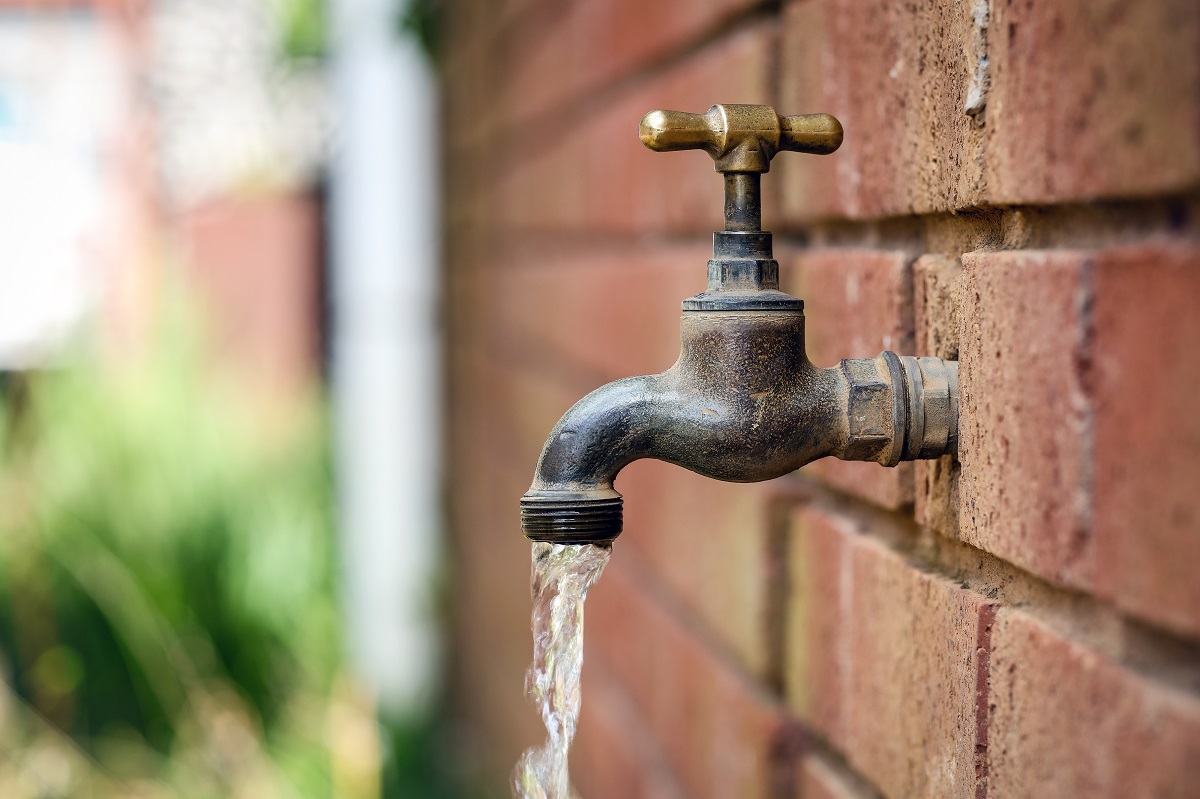
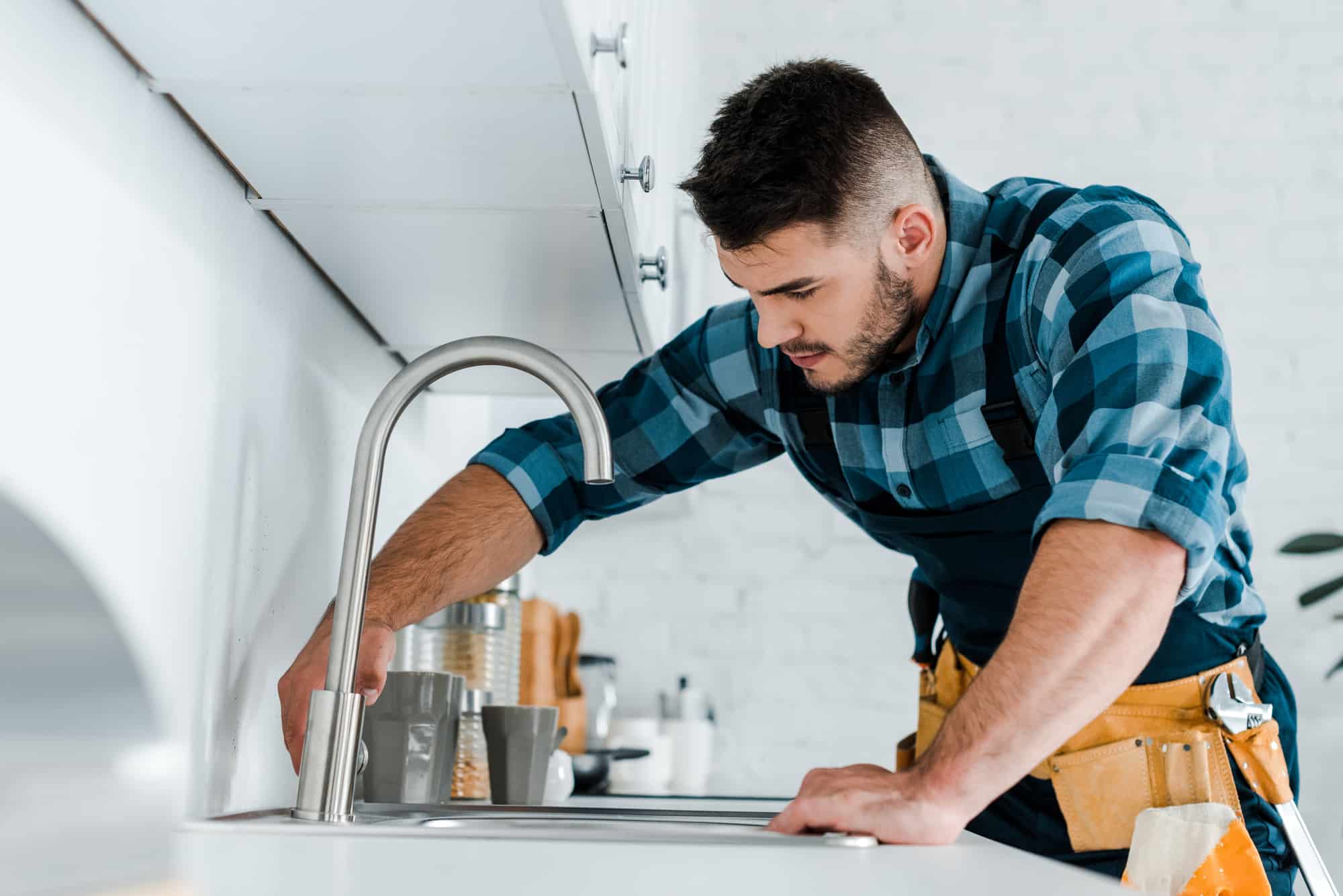
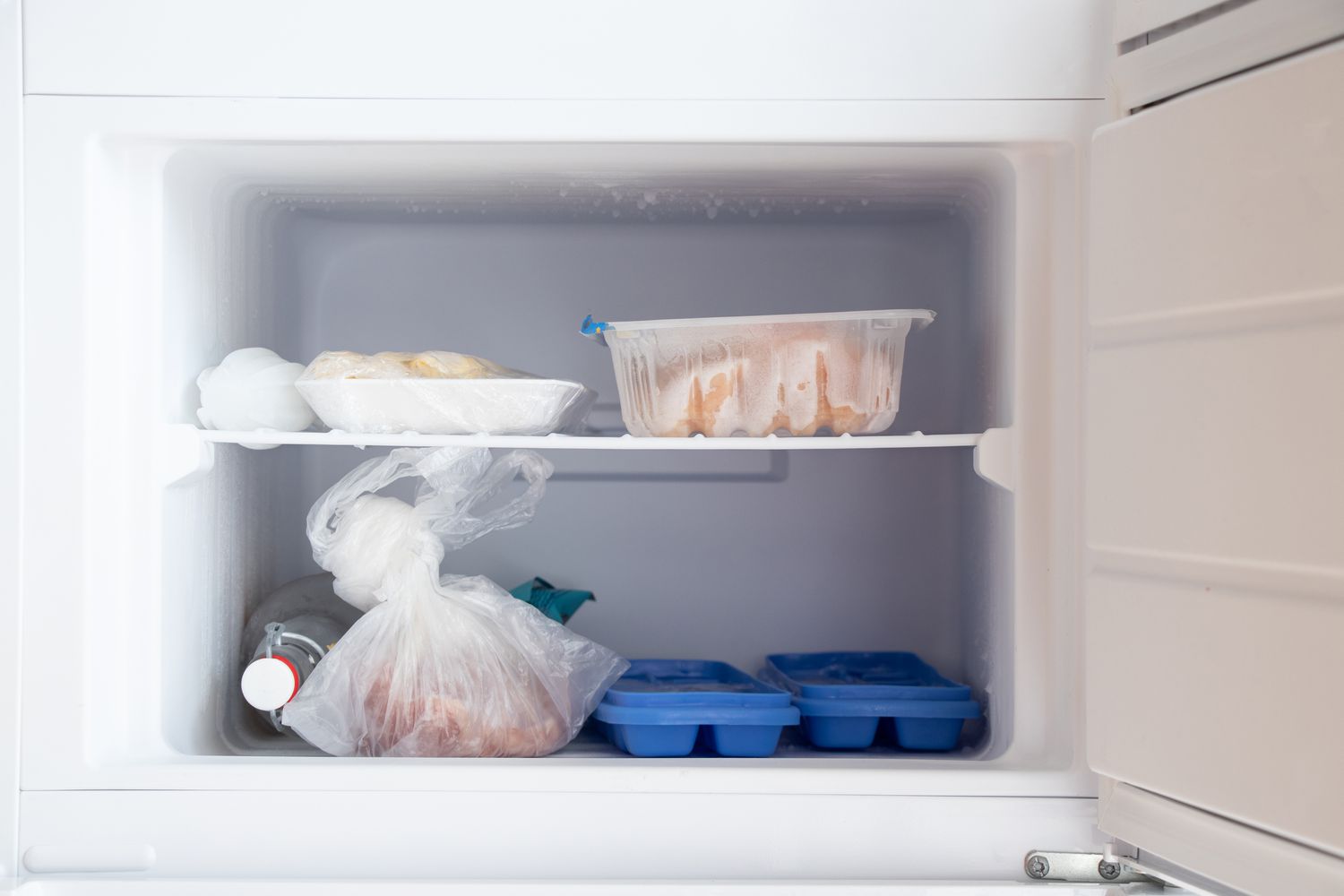

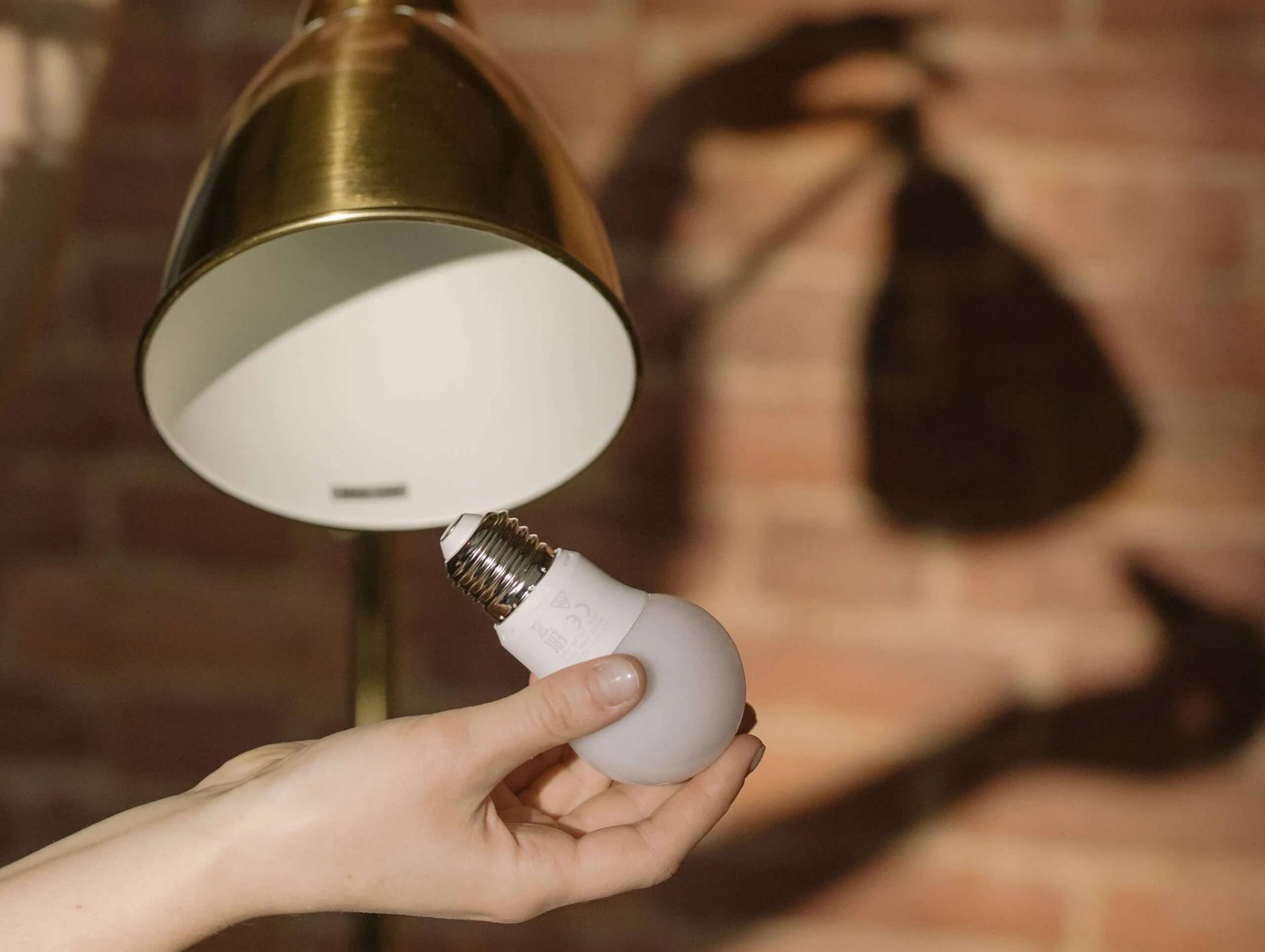
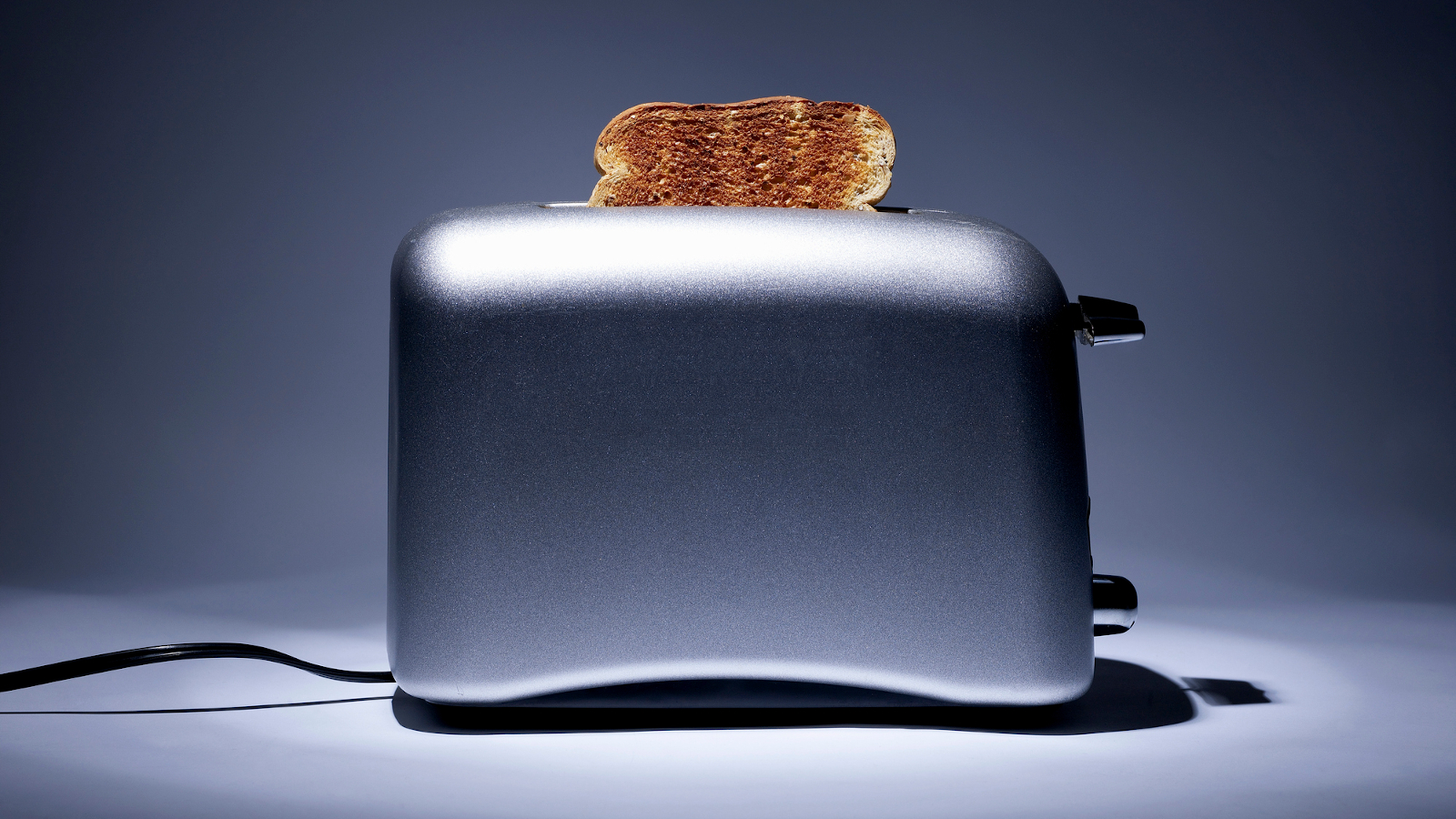
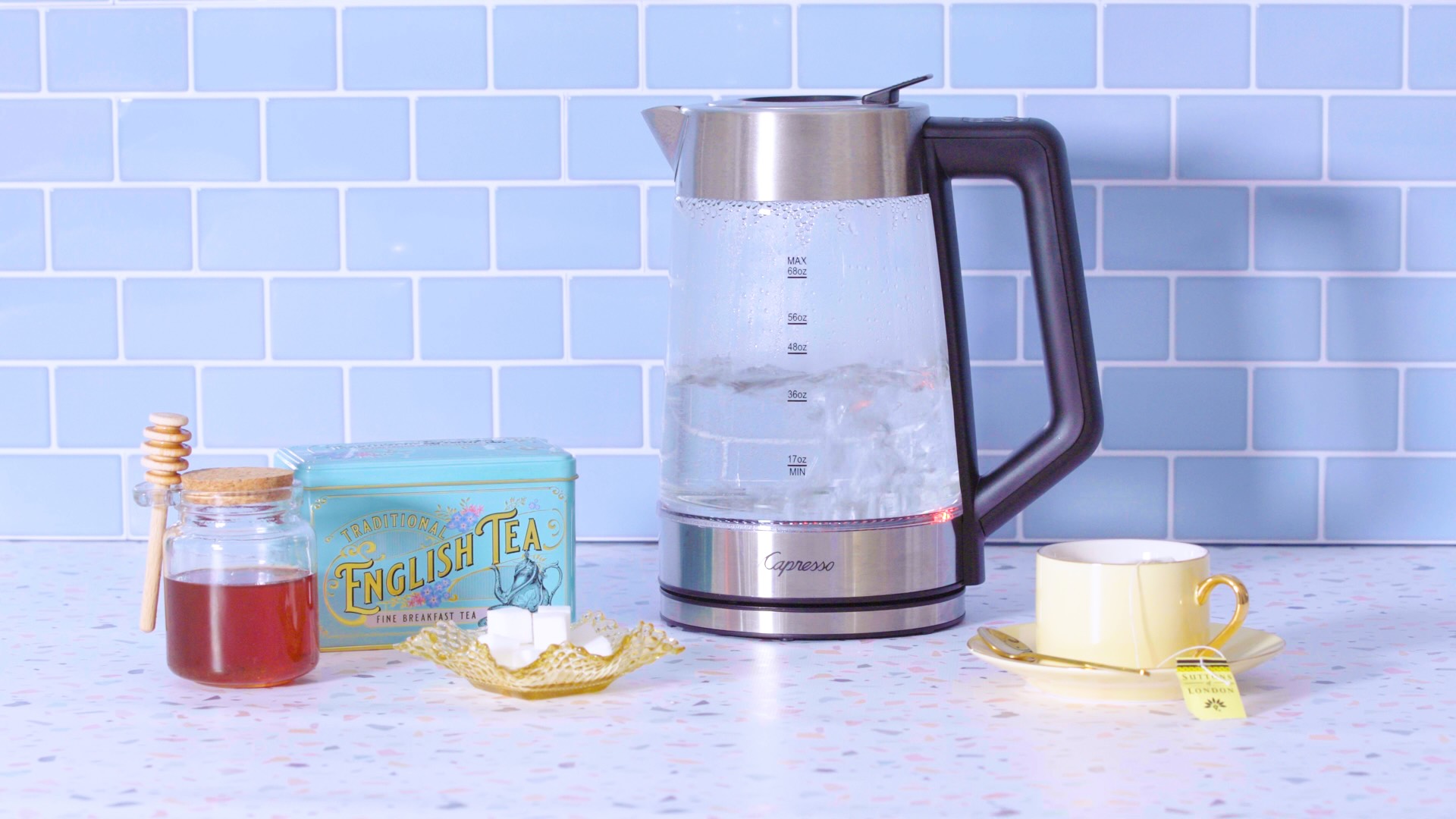



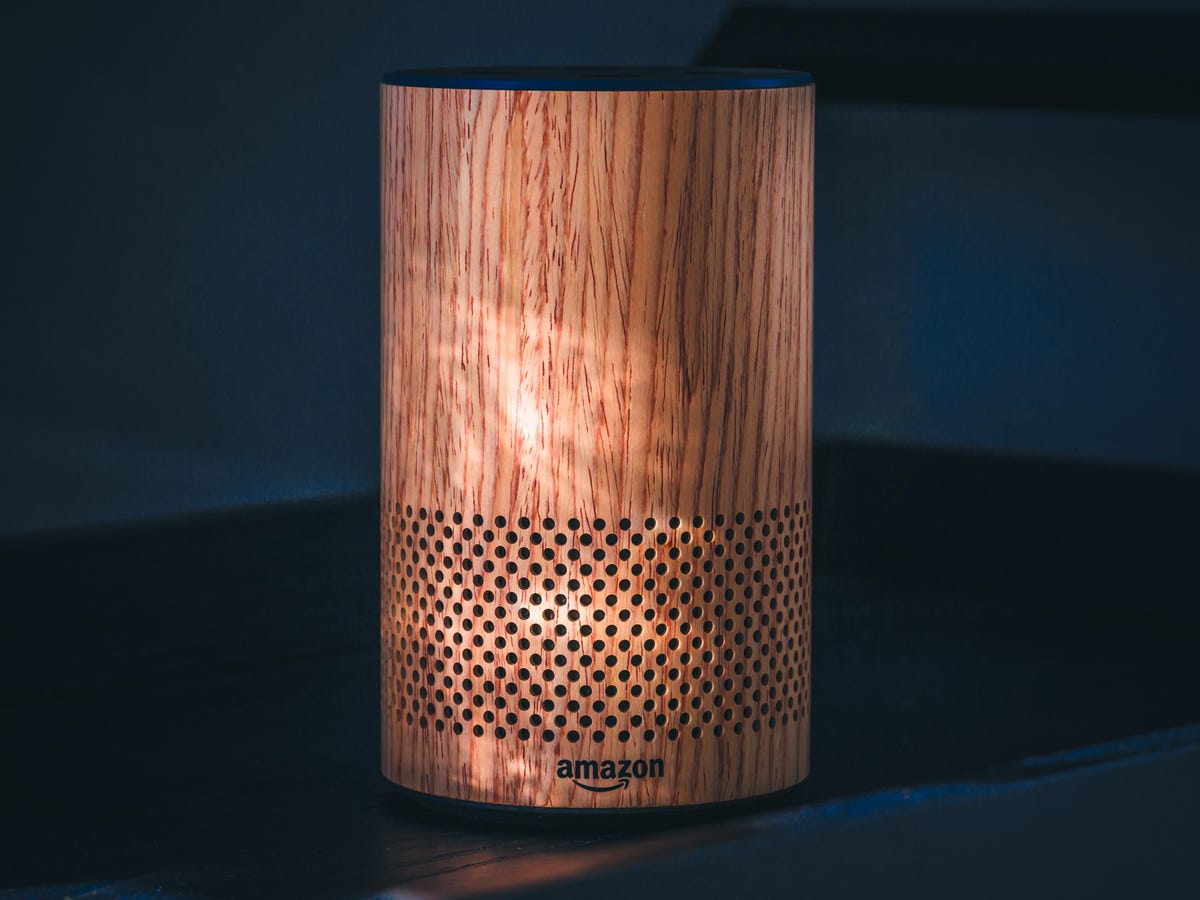
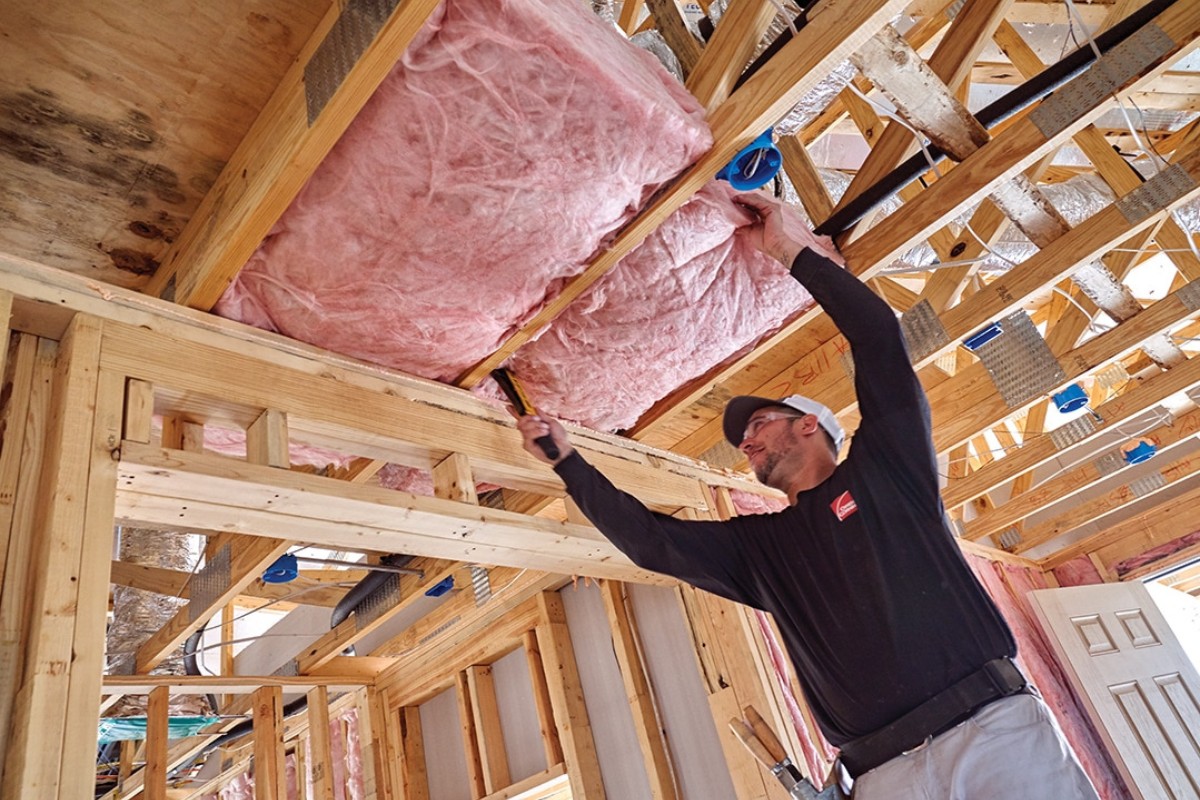
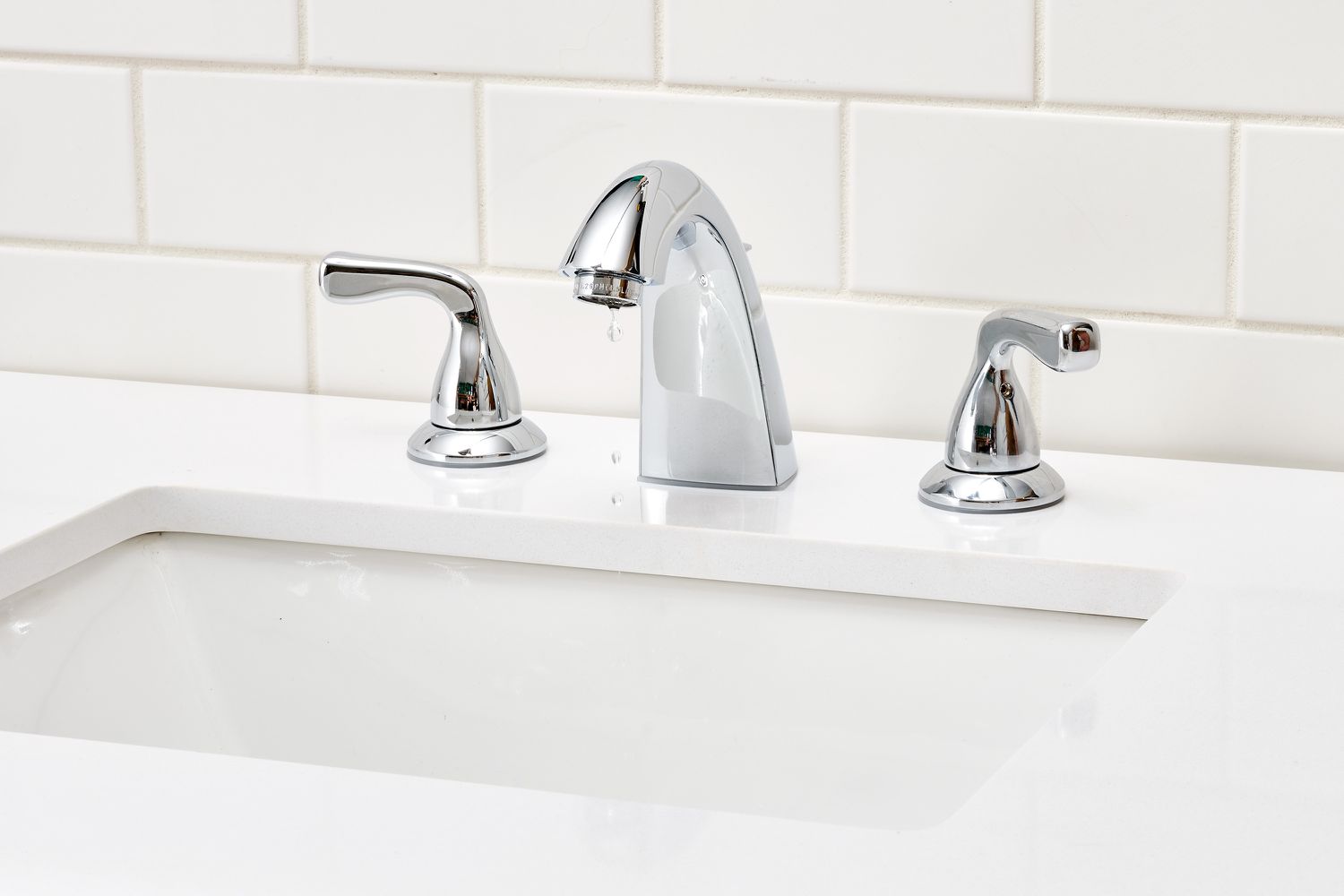
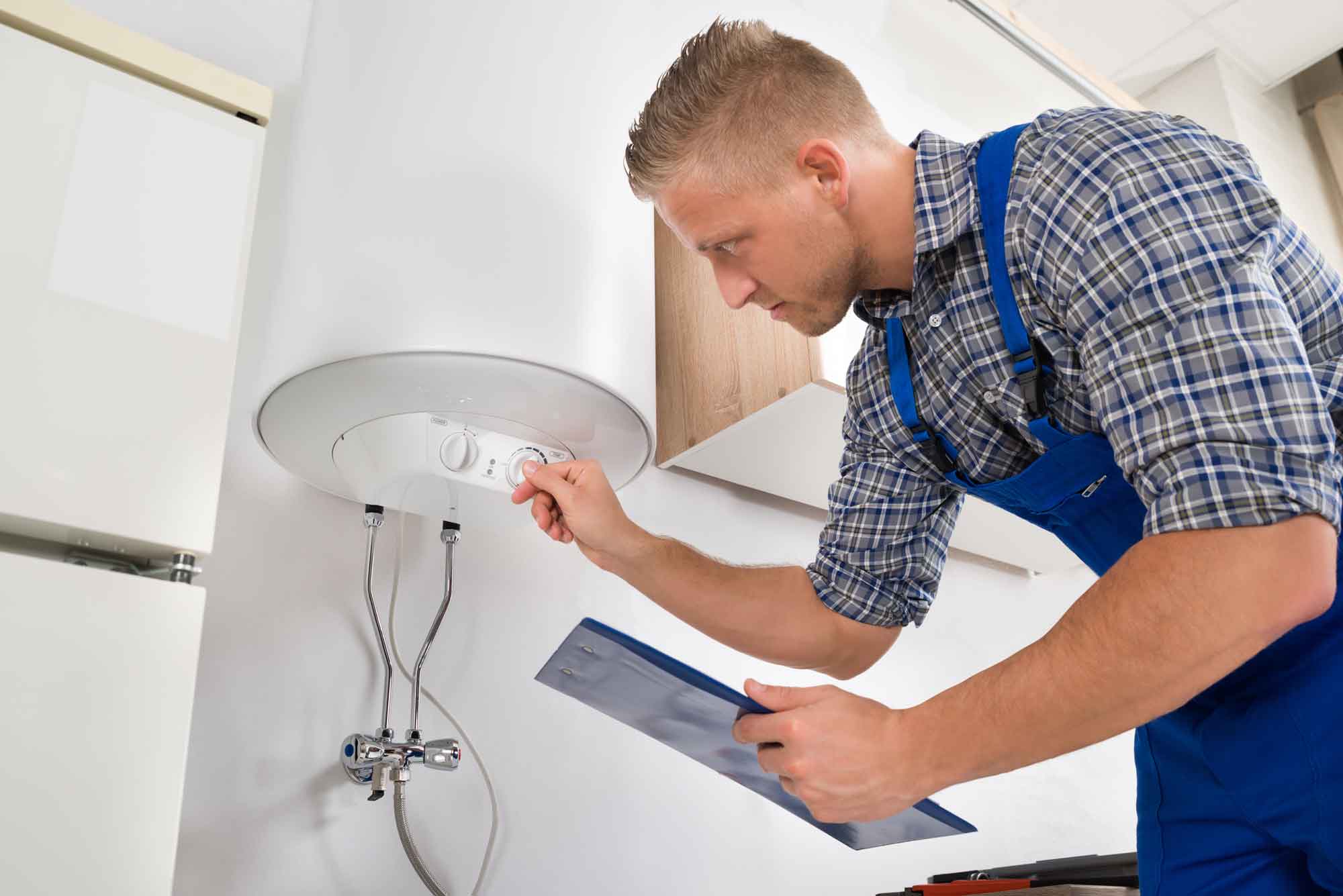

0 thoughts on “How Does Faucet Work”